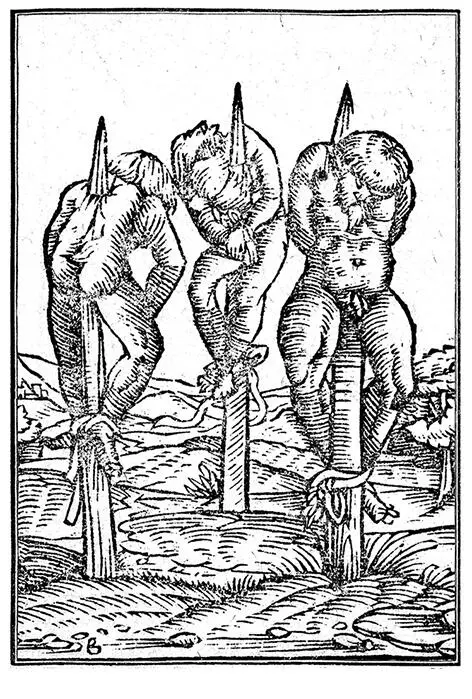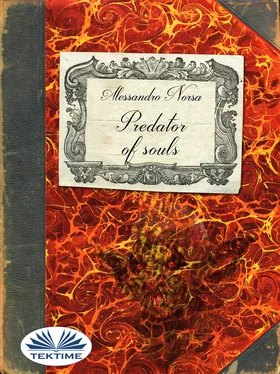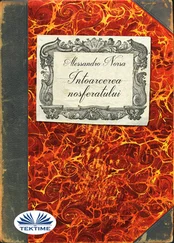Alessandro Norsa - Predator Of Souls
Здесь есть возможность читать онлайн «Alessandro Norsa - Predator Of Souls» — ознакомительный отрывок электронной книги совершенно бесплатно, а после прочтения отрывка купить полную версию. В некоторых случаях можно слушать аудио, скачать через торрент в формате fb2 и присутствует краткое содержание. ISBN: , Жанр: foreign_religion, на английском языке. Описание произведения, (предисловие) а так же отзывы посетителей доступны на портале библиотеки ЛибКат.
- Название:Predator Of Souls
- Автор:
- Жанр:
- Год:неизвестен
- ISBN:978-8-87-304051-4
- Рейтинг книги:4 / 5. Голосов: 1
-
Избранное:Добавить в избранное
- Отзывы:
-
Ваша оценка:
- 80
- 1
- 2
- 3
- 4
- 5
Predator Of Souls: краткое содержание, описание и аннотация
Предлагаем к чтению аннотацию, описание, краткое содержание или предисловие (зависит от того, что написал сам автор книги «Predator Of Souls»). Если вы не нашли необходимую информацию о книге — напишите в комментариях, мы постараемся отыскать её.
Predator Of Souls — читать онлайн ознакомительный отрывок
Ниже представлен текст книги, разбитый по страницам. Система сохранения места последней прочитанной страницы, позволяет с удобством читать онлайн бесплатно книгу «Predator Of Souls», без необходимости каждый раз заново искать на чём Вы остановились. Поставьте закладку, и сможете в любой момент перейти на страницу, на которой закончили чтение.
Интервал:
Закладка:
Consider, moreover, as an example, the following tale, heard in Piedmont, relating to the connection between âbramblesâ and witch (masca):
There was between Castiglion Tinella and Valdivilla nearby on a bend a short-cut called âthe goatâs short-cutâ. And it was near this short-cut that everyone who passed by saw the masks. On this road, there were always some brambles which blocked the road. One day someone says: âI want to see properlyâ. Take this scythe and cut it downâ. Having reached the place, he hits him and suddenly hears someone say: âHit him againâ But the man did not hit him a second time. At a later stage, they learned that there was someone with his arm torn off.
On the bramble hit by the scythe, it is obvious that the arm cut off by the masca âmatchesâ. Another point that I intend to touch upon is that relating to âconviction that girls with blue eyes have the power to put the âevil eyeâ on someone, without - âsometimesâ - âdoing it on purposeâ (and itâs still Lena talking). However, regardless of other types of âexplanationâ, I would not rule out the fact that also in this case we are faced with an emergence of the colour, light blue/blue/deep blue, inasmuch as the colour of the negative.
Dealing now with the account of Alessandro Norsa, the Author highlights how the negative beings assembled âcircling around in the airâ (p. ex 9) For my part, I would take this opportunity to underline how the âcircle/curve/spiralâ element may be considered as a characteristic of such a being (and we have seen how the âcurveâ intervenes in the Piedmont attestation (referred to above). As far as concerns - finally - the practice of placing a spindle on the tomb of the deceased (Norsa, p. ex 10), I would not be out of place in recalling the tale, which one comes across widely, at least in Italian folklore, relating to the woman who, for a bet, goes into the cemetery at night, carrying out the gesture, in fact, to place a fuse on the tomb.
For the rest, it would perhaps be right to assume that also on the basis of accounts relating to the âfuse betâ - so to speak - an analogous meaning: an analogous âbasic valueâ remains valid, at least at that time.
Alberto Borghini, 14.03.2015
TO THE GRACIOUS READER
Who of you has not heard talk of Dracula and the vampires? These names are so popular as to become part of our common cultural heritage. For three hundred years, in fact, at least once in a century the world is completely prey to a vampire fashion: in the first half of the sixteenth century it was the time of the so-called âvampire plagueâ, towards the end of the nineteenth century / the beginning of the twentieth century the novel Dracula by Bram Stoker reawakened interest and even today (in the feast of Halloween and the television saga Twilight) we see a new wave of interest. The books already written follow roughly the same script with very few variations. Notwithstanding the mention initially made, the sense of this book, as already widely explored by other authors, is not that of dwelling on the famous Stoker novel, nor even going into the making of the horror film. We will try instead to understand the origin of the story between the leaves of the ancient myths, above all those coming from Romania and the Balkans, because it is from there that the image of the vampire that we all have in mind is formed. To enter further into the matter we have started our research with the reading of old Romanian texts on ethnography and mythology, to then go directly to Transylvania among the villages and the people, searching for directions in the traces of Dracula. It is therefore a journey into the past to understand where the image and the characteristics were born of the vampire, which is well-known to us, as well as to learn about the place from which it originates.
INTRODUCTION: OR, RATHER, WHERE THE INTENTION OF THE STUDY IS EXPLAINED
Let us close our eyes for a moment and try to imagine ourselves as Dracula. How do we imagine him? Probably tall, old and dressed in black. The aquiline face, the thin nose with a pronounced bump and strangely arched nostrils. The noble and wide forehead, the hair shaved at the temples, but full on top. The eyebrows thick - they almost join up over the nose. The mouth, for what emerges under the moustache, is stiff and with an almost cruel profile. The teeth, white and strangely pointed, emerge from the lips, whose bright colour reveals an amazing vitality for a man of his age. The ears are pale, and pointed; the chin wide and strong, the cheeks firm, even though hollowed. The whole face is suffused by an incredible pallor.
This is the sinister figure of Dracula which, in a detailed and incisive manner, is described by Stoker in his novel. Like an expert folklore student, Stoker merges into one personage mythological figures from various traditions: above all those relating to the Irish folklore heritage mixed with myths and legends from other countries, particularly from Romania. For example, the characteristics of the particular eyebrows just observed we find again in some disturbing mythological figures from Eastern Europe, as we shall see, while the pallor is typical of the wandering ghosts, the souls of the dead. But let us turn again to the novel to touch on other elements that can be useful to us. Dracula is noble. He has fascinating manners and speaks various languages. But he does not have servants, he does not go to worldly receptions, he does not indulge in the earthly pleasures of good food or beautiful women. He has magic abilities and knows the language of animals so well that he can command them. He has the icy skin of the dead, his image does not reflect in the mirror, he possesses enormous physical strength and incredible speed of movement, he can hypnotise you with his stare, transform himself into a dog, a wolf or a bat. He sleeps during the day and at that time he looks dead, even if he is concious of what is happening around him. But why have these become the coordinates on which we orientate our knowledge of Dracula? Essentially you need the creative genius of the famous Irish novelist who, in an astute way, to greater convince the reader, made the presence of Dracula realistic, associating it with a personage really identifiable in history: the ferocious Wallachian Voivoda Vlad III who lived from 1431 to 1476, son of Vlad II called Dracul. This chief ruthless enemy of the Turks, inheriting his nickname from his father and became known also as Dracula, a name that in Romanian means the devil, the suffix âulâ corresponds to the definite article, which, in that language, is put at the end of the word.

It should be underlined that from a historical point of view Vlad III, also called Tepes ( ţeapa in Romanian means stake or pole), has never been associated with vampirism. There were however some coincidences that could have effectively lead to the comparison with that Romanian prince so present in Eighteenth century European literature. The reason for such notoriety resides in some customs that resemble vampires. Above all the method of execution that Vlad III preferred was impalement, which is the practice considered most suitable to destroy vampires. Other convictions, instead, regard its gory operation. Vlad III was in fact likened to those men who were marked by particular wickedness and who, after their death, were said to have transformed into vampires. Tepes, in the end, was decapitated as was done to those who were accused of vampirism and, after the burial, his tomb was opened and looted, which makes one think about the lengths to which the local population would resort. In the course of reading the book we find again these convictions associated with particular exorcist practices developed in an authentic vampire culture which has continued over the centuries.
Читать дальшеИнтервал:
Закладка:
Похожие книги на «Predator Of Souls»
Представляем Вашему вниманию похожие книги на «Predator Of Souls» списком для выбора. Мы отобрали схожую по названию и смыслу литературу в надежде предоставить читателям больше вариантов отыскать новые, интересные, ещё непрочитанные произведения.
Обсуждение, отзывы о книге «Predator Of Souls» и просто собственные мнения читателей. Оставьте ваши комментарии, напишите, что Вы думаете о произведении, его смысле или главных героях. Укажите что конкретно понравилось, а что нет, и почему Вы так считаете.












